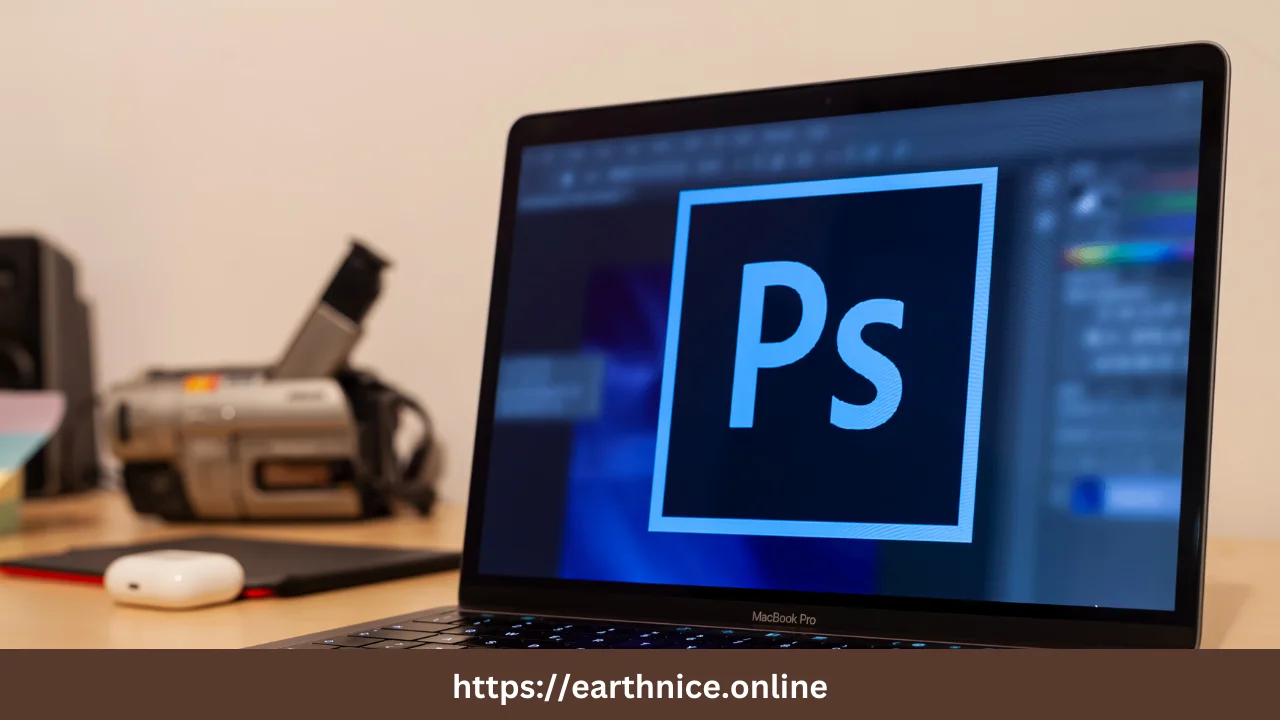Adobe Photoshop is a powerhouse of creative tools, and one of its latest features, Generative Fill, takes digital artistry to a whole new level. Generative Fill leverages Adobe’s AI technology to intelligently fill selected areas with content that blends seamlessly with the surrounding image. Whether you’re editing out unwanted objects, extending backgrounds, or creating imaginative compositions, Generative Fill can be a game-changer. Let’s explore how to use this exciting feature.
How To Remove Background In Photoshop?
Get Web Hosting At 85% Discount
Hire A Graphics Designer For Your Project
20 Incredible Ideas To Make $1000
Step 1: Open Your Image
Start by opening Adobe Photoshop and loading the image you want to work on. Go to File > Open and select your file, or simply drag and drop the image into Photoshop’s workspace.
Step 2: Make a Selection
To use Generative Fill, you need to make a selection of the area you want to fill. Photoshop offers several selection tools:
- Lasso Tool (L): Freehand draw around the area.
- Rectangular Marquee Tool (M): Draw a rectangular selection.
- Quick Selection Tool (W): Paint over the area you want to select.
- Magic Wand Tool (W): Select areas of similar color with one click.
For this guide, let’s use the Quick Selection Tool:
- Select the Quick Selection Tool from the Tools Panel or press
W. - Click and drag over the area you want to fill. The tool will automatically detect edges and adjust the selection as you paint.
Step 3: Access Generative Fill
Once you have your selection, you can access the Generative Fill feature:
- Right-Click and Choose Generative Fill: Right-click inside the selection and choose
Generative Fillfrom the context menu. - From the Edit Menu: Alternatively, go to
Edit > Generative Fill.
Step 4: Customize the Fill
A dialog box will appear, providing options for the Generative Fill. Here’s what you can do:
- Text Box for Prompts: You can enter a textual description of what you want to fill the area with. For example, if you’re filling in a sky, you might type “blue sky with clouds.”
- Leave Blank for Automatic Fill: If you leave the text box blank, Photoshop will analyze the surrounding content and generate a fill that blends seamlessly.
Step 5: Apply the Fill
After entering your prompt (or leaving it blank), click Generate. Photoshop will process the selection and fill it with content based on your instructions or its own analysis. This may take a few moments, depending on the complexity of the image and the size of the selection.
Step 6: Review and Refine
Once the fill is applied, review the results. Photoshop’s AI does a remarkable job, but sometimes manual adjustments are needed:
- Refine Edges: Use the Refine Edge Brush Tool (found under the Select and Mask workspace) to fine-tune the edges of the fill.
- Blend: Use the Clone Stamp Tool (S) or the Healing Brush Tool (J) to blend any areas that don’t look quite right.
Step 7: Experiment and Iterate
Generative Fill opens up a world of creative possibilities. Don’t hesitate to experiment:
- Extend Backgrounds: Select and fill empty areas to extend the background seamlessly.
- Remove Objects: Select unwanted objects and let Generative Fill replace them with matching content.
- Creative Compositions: Use textual prompts to create imaginative fills that add unique elements to your images.
Step 8: Save Your Work
After you’re satisfied with the fill, save your image. Go to File > Save As and choose your desired format. It’s always a good idea to save your work as a PSD file first, preserving all layers and adjustments for future editing.
Tips for Using Generative Fill
- Start with Simple Selections:
Begin with straightforward areas to get a feel for how Generative Fill works before tackling more complex selections. - Use High-Resolution Images:
Higher resolution images provide more data for the AI to work with, resulting in better fills. - Combine Tools:
Don’t rely solely on Generative Fill. Use it in combination with other Photoshop tools for the best results. - Experiment with Prompts:
Be creative with your text prompts. Different descriptions can yield varying results, adding to the fun of the process.
Final Thoughts
Generative Fill in Photoshop is a revolutionary tool that combines the power of AI with the creativity of digital art. When I first used this feature, I was amazed at how seamlessly it integrated new content into my images. It felt like having a creative assistant at my fingertips, opening up endless possibilities for my projects.
Whether you’re a seasoned designer or a curious beginner, Generative Fill is a tool worth exploring. It can save time, enhance your creative workflow, and inspire new artistic directions. So go ahead, dive into Photoshop, and let your imagination run wild with Generative Fill. Happy editing!

